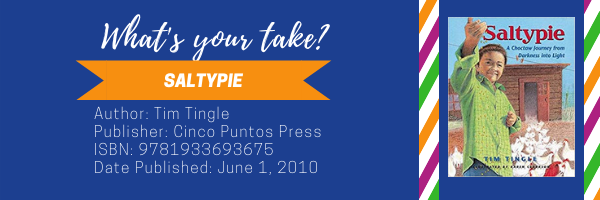By Susan Corapi, Trinity International University, Deerfield, IL
Over the last 4 blog posts, we looked at OIB titles that model different characteristics of an interculturally competent person. This week we look at the desired outcome: actions that benefit all (not just the cultural majority or the people in power) and support lasting change. Children can be amazing agents for change, and the titles this week demonstrate the ways characters take action.
Our natural tendency when we look for change agents is to look at heroes. A 2019 OIB title that fits that “hero” category is Peace and Me, written by Ali Winter, illustrated by Mickael El Fathi. The book profiles many Nobel Peace Prize winners. Some are expected (e.g., Mother Teresa, Malala Yousafzai) but others are less well known (e.g., Jean Henry Dunant, Fridtjof Nansen, Rigoberta Menchu Tum). Each one worked diligently to bring peace in their area of the world. However, this week the focus is more on kids who are not known as heroes and the action that they take, believing that they can have an impact on their world. Continue reading



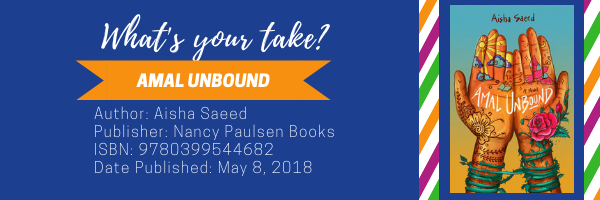
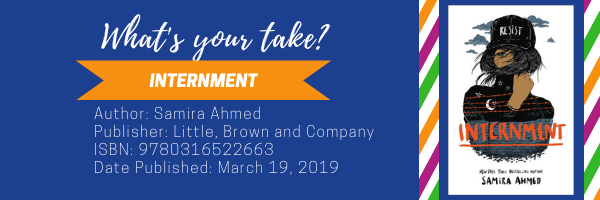

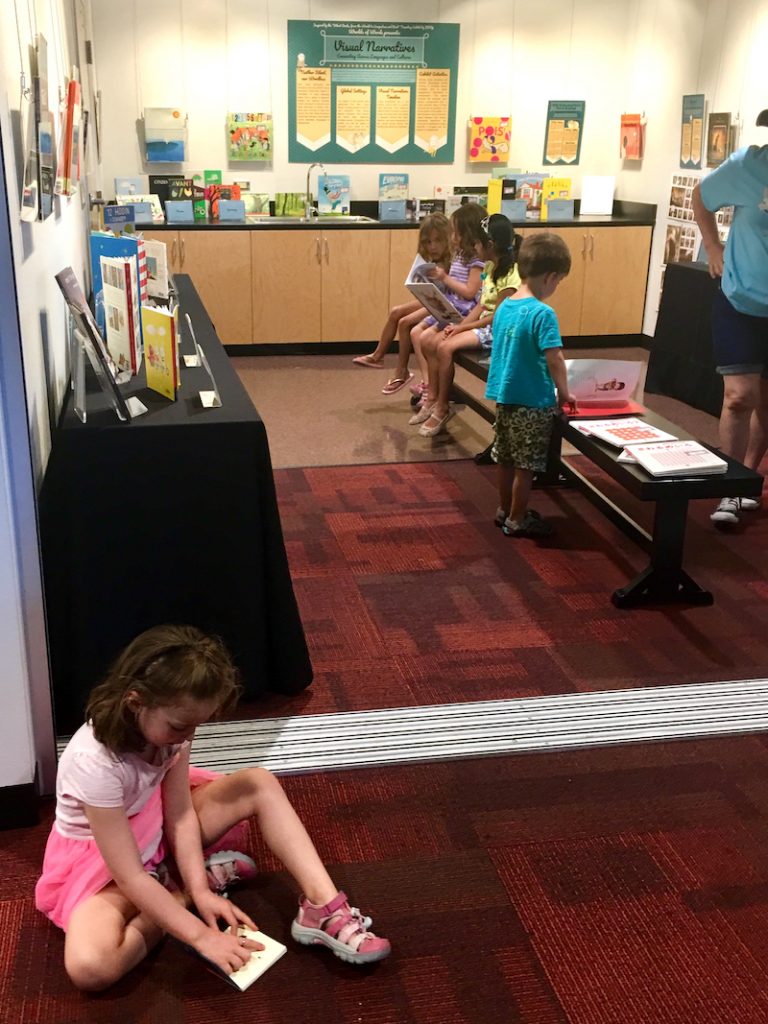
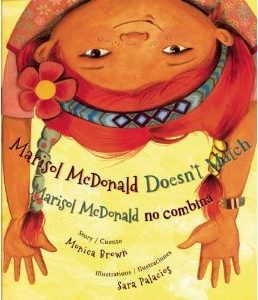 One of my favorite book characters who exhibits this same multicultural view of herself is Marisol McDonald (
One of my favorite book characters who exhibits this same multicultural view of herself is Marisol McDonald (